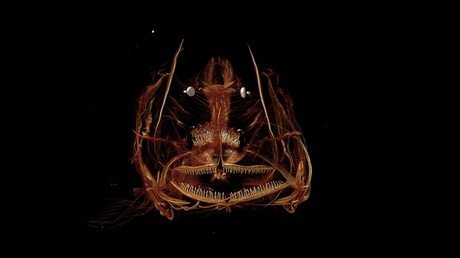The Thing: Melting Siberian permafrost reveals terrifying creatures (PHOTOS)
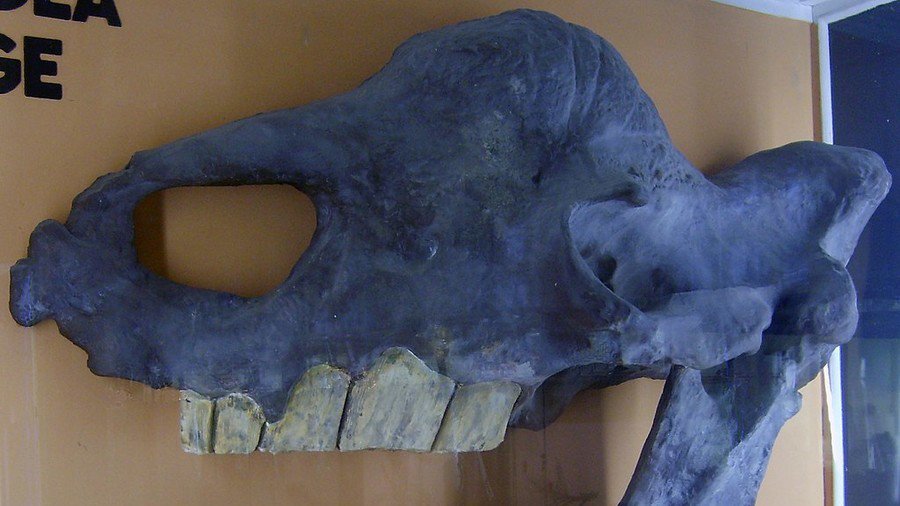
The Siberian unicorn – long believed to have died out 350,000 years ago – was actually still alive as recently as 29,000 years ago, according to the analysis of a well-preserved skull found in the Pavlodar region of Kazakhstan.
Unicorn enthusiasts will be disappointed to learn that the extinct creature – also known as Elasmotherium sibiricum – had more in common with rhinos or woolly mammoths than fictional unicorns, however.
It is believed to have been up to 2 meters (6.6ft) tall, and 4.5 meters (14.7ft) in length. It weighed in at a whopping four tons, and was equipped with a large horn in the middle of its forehead.
Researchers at Tomsk State University managed to date the furry beast to around 29,000 years ago, thanks to radiocarbon-dating techniques. They believe the specimen discovered in Kazakhstan was a male but have yet to determine the cause of its death.
"Most likely, the south of Western Siberia was a refugium, where this rhino persevered the longest in comparison with the rest of its range," said Andrey Shpanski, one of the researchers, as cited by Science Alert.
"There is another possibility that it could migrate and dwell for a while in the more southern areas."
Plagues of Siberia: Russian Arctic river mysteriously turns blood-red https://t.co/jIzc4WCU7ppic.twitter.com/cfHviAPMkO
— RT (@RT_com) September 7, 2016
In addition to ancient giant viruses buried beneath the permafrost, the shaggy Siberian unicorn would have shared the taiga and tundra with a host of other strange characters.
Mammoths
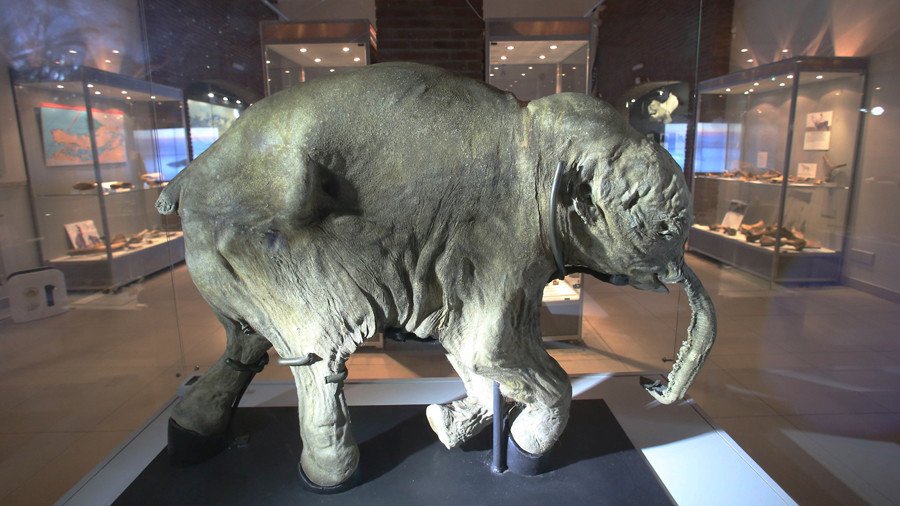
The world's best-preserved woolly mammoth, Lyuba, 42,000-years old, was found near the Yuribey River in Russia's Ural mountains in 2007 and has toured museums around the world ever since.
Unidentified monster
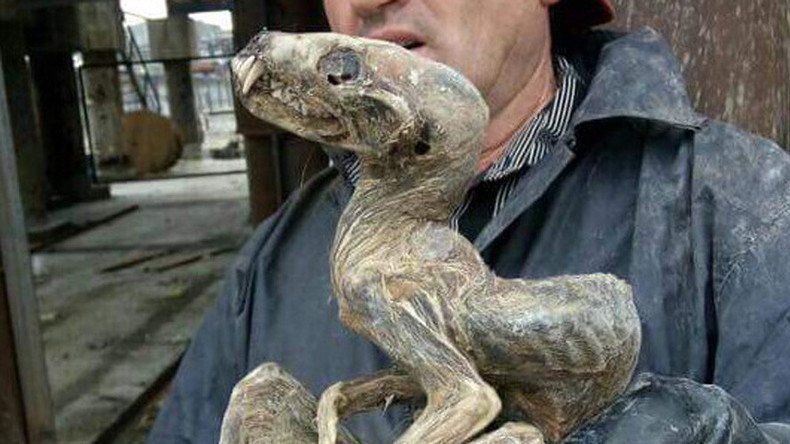
This creature was discovered in the world's third-deepest open-pit diamond mine, Udachnaya, near the town of Udachny in the Sakha Republic.
It has yet to be properly identified but speculation is rife that it may either be a dinosaur or the gnarled and mummified remains of a sable or marten. It is estimated to date back as long as 252 million years ago.
Sharp fangs indicate this monster, whatever it was, had a taste for flesh.
Siberian lions
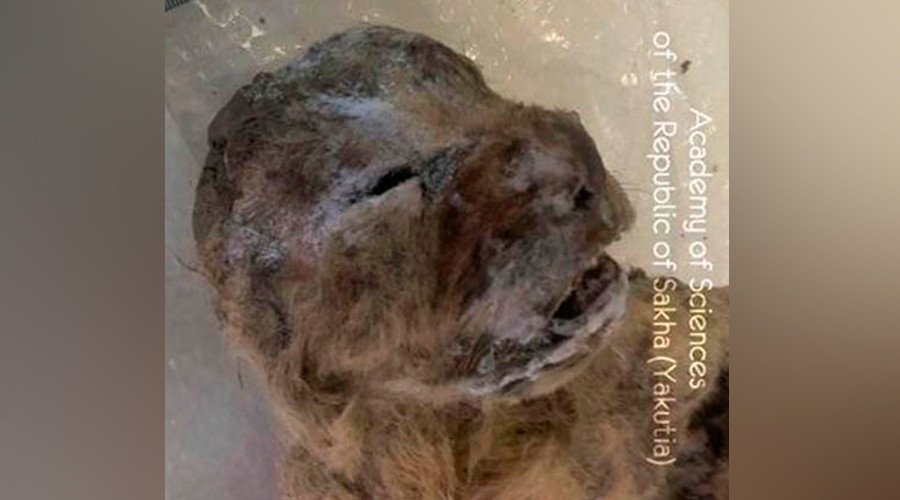
Siberia's permafrost also helped preserve these two extinct cave lions, which were found in the Sakha Republic in 2015. The Panthera spelaea roamed Earth during the Middle and Late Pleistocene, roughly 781,000 to 11,700 years ago.
Denisovans
Denisovans were ancient pre-humans, who differed genetically from the likes of Neanderthals, Cro-Magnons and Homo heidelbergensis. They escaped the bitter cold of Siberia by taking shelter in caves. Remains discovered in Russia's Altai region in 2010 are believed to date back as long 110,000 years ago.
Do these #fossils from China finally put a face on the elusive Denisovans?! An exciting possibility! https://t.co/nOr7wlSRI0#homininspic.twitter.com/hwKgN31Arm
— Paige Madison (@FossilHistory) March 2, 2017
Siberian Ice Maiden
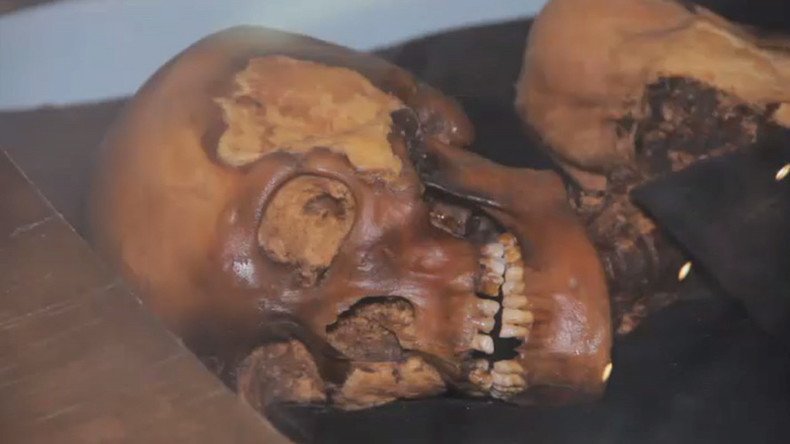
The 2,500-year-old remains of an extraordinarily well-preserved Siberian 'Princess of Ukok’ were discovered on the Ukok Plateau in the Altay Mountains in 1993. The woman's remains were replete with tattoos, and she was found buried with a troupe of horses and a small stash of cannabis.













